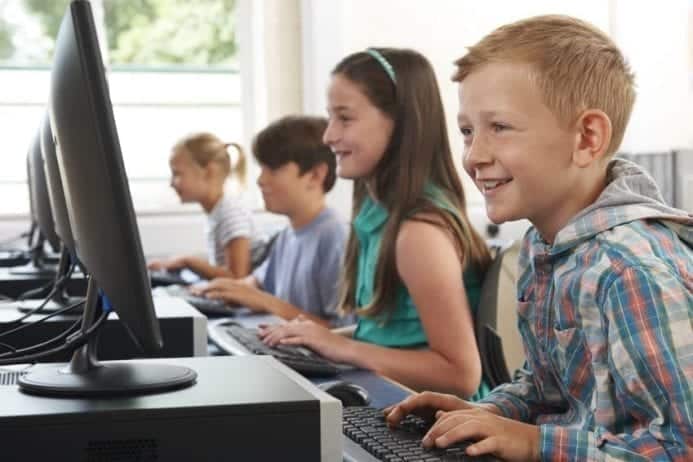A good education is the foundation that many people build their success on. And so long as they have a will to learn and some good teachers, students can thrive in a public school, private school, or homeschool environment.
Parents know the importance of education and many will strive to get their children the best possible schooling in order to fully prepare them for the future. That can be a heavy burden to bear, but one that will surely benefit your child. Often, parents look at the key differences between private schools and public schools to know which one will better help their child flourish. Ultimately, there is no single answer to the public versus private versus homeschool debate. The only right choice is whatever you decide is right for your family.
That being said, it’s important to understand that private schools and public schools have a few key differences.
Class sizes
The size of the classes in both types of schools can always vary depending on the school. Although, the average class sizes in most public schools fluctuates between 25 and 30 students and can be higher in some cases, the average class size in private schools is often between 10 and 15 students, according to an article published on ThoughtCo.
Special Education and Needs
Public schools are required by law to provide special education classes and programs, as reported by GreatSchools.org. Contrarily, private schools aren’t under the same type of regulation and therefore don’t have to provide special needs programs, or even accept special needs children. There are private schools that focus primarily on special needs individuals, however, but not every private institution will provide these services.
College Prep
Many public schools do a great job of preparing your child for higher education, and some do not. Likewise for private schools. There is heavy variation across the board, so it ultimately depends on which particular school is chosen. However, statistically speaking, about 95% of non-parochial private school graduates will end up attending a four-year college or university, while only 49% of public school graduates do. Yet you can feasibly visit a private school with a 38% higher-education rate, or a public school with a 97% rate.
Admissions and Cost
This often makes or breaks the decision of which type of school to attend. Tuition at private schools can often be as much — or more — as a college education, whereas a public school is free to all. Also, if you decide to send your child to a private school, they’ll still need to be accepted. Public schools legally have to accept everyone, although there are extenuating circumstances that might have to be taken into account.
The Third Option: Homeschooling
Of course, homeschool is also an option for parents, especially if they aren’t happy with the school choices in their community. In corporate America, 46% of human resource pros say that employee retention is their biggest concern, and the education sector is struggling with the same problem. In fact, 17% of new public school teachers will leave their jobs after four years, and up to 40% of all teachers will leave the profession after their fifth year in the classroom. For reasons like this, many parents decide to invest their own time and resources into homeschooling, which is the only sure way to control your child’s educational environment.
Even though the debate about which type of school is better has been disputed for years, the decision of which to send your child to comes down to just you. You’ll want to assess all the options and determine which school your child would benefit from the most.
Where did you decide to send your kids for school? Let us know in the comments or send us a message on social media.







